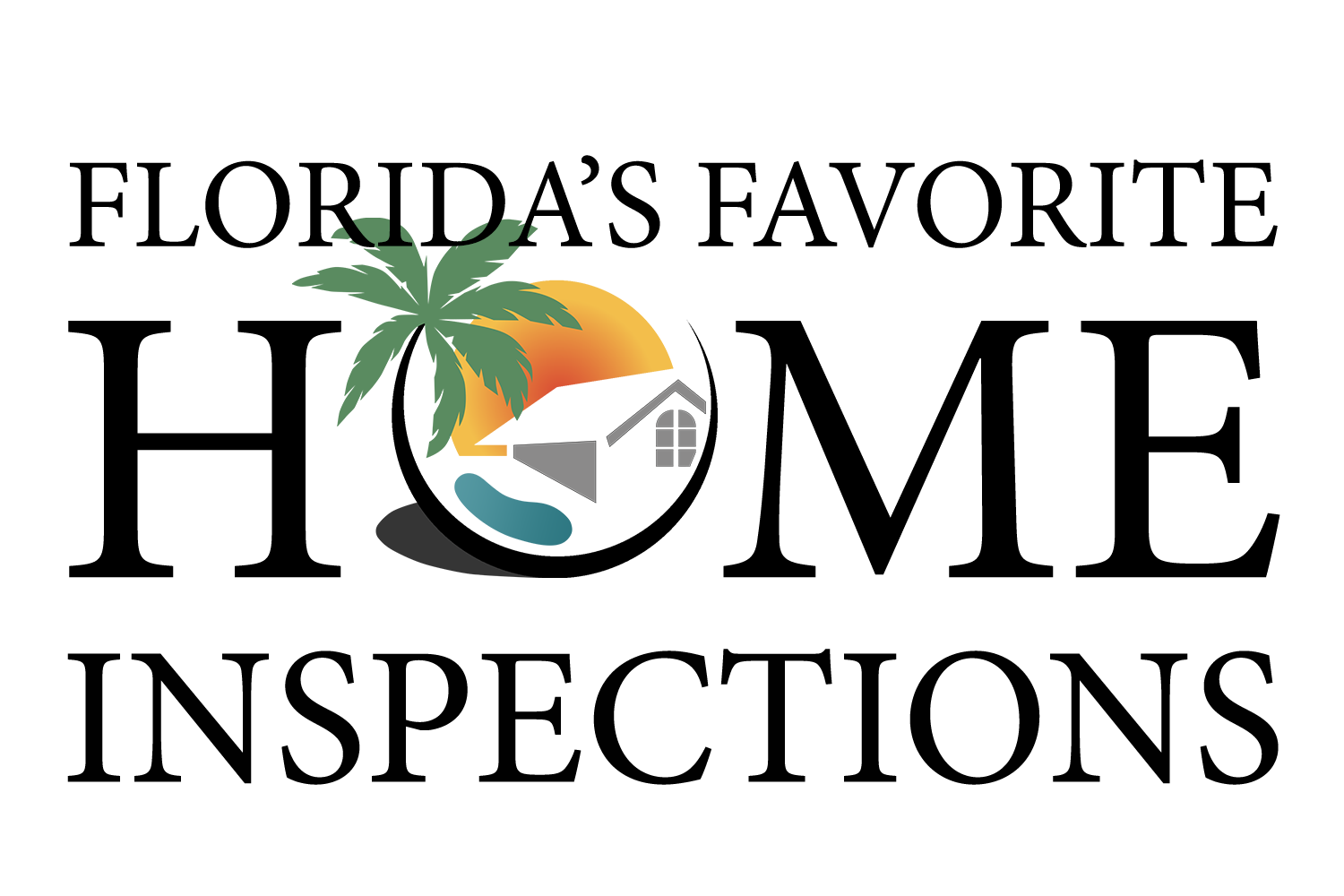Non-Invasive Limited Visual Inspection
What does this mean exactly? A non-invasive limited visual inspection means that the inspector can only inspect what is visible. He can’t see behind drywall, under or through heavy furniture, and isn’t responsible for moving personal property. It also means that the inspector won’t be doing anything destructive to the home. For liability reasons, home inspectors don’t demo, dismantle, or otherwise damage any of the property in the home.
While this probably makes sense to most, we frequently get asked about areas of the home that a home inspector doesn’t have access to. The structural soundness of a wall, for example, isn’t something a home inspector should be advising on. Although there are signs to know if a wall is load-bearing, such as the direction of the wall in relation to the ceiling or floor joists, this is typically something that can’t be answered with certainty, without opening the wall. For other structural and foundational questions, either a structural engineer, building inspector, or access to the home’s floor plans are required.
What the home inspector will do, is look for signs of cracks, moisture intrusion, or other damage that may indicate an issue and suggest “further review and evaluation by a licensed structural engineer” or any other profession that he deems necessary. For all visible areas of the home, the inspector will extensively document problems with photographs so that the home buyer or homeowner can see visible problems in all areas of the home, including those spaces many prefer not to look in such as attics, under decks, crawl spaces, and the roof.
Some tools, such as an infrared camera, moisture meter, or mold testing, can help gives clues as to what may be happening in areas that aren’t visible or accessible, before deciding to move forward with a more invasive investigation. This is one reason why we recommend mold testing to any home buyers or owners that suspect there may have been a water leak or flood in the past.
Lastly, although your South Florida full home inspection is limited visually, the home buyer or homeowner is encouraged to ask questions. If there are questions about your home, even if it’s just pointing you in the right direction, then Florida’s Favorite Home Inspections is happy to help!
